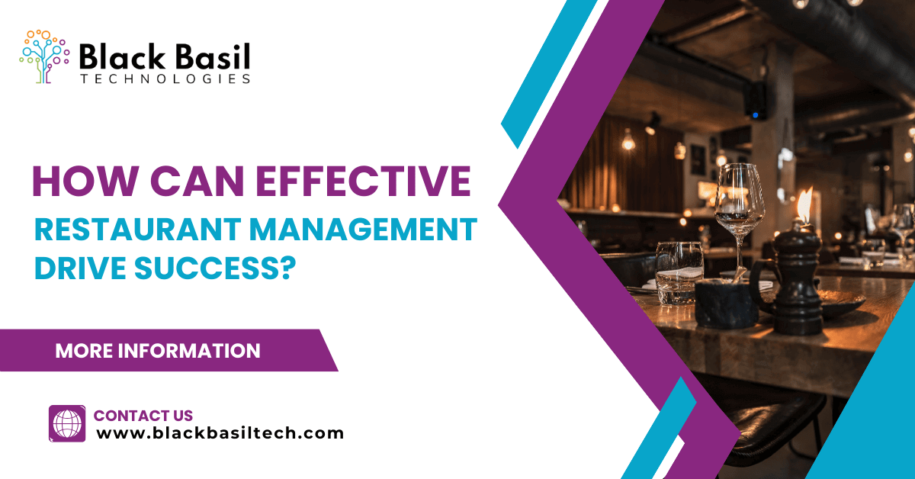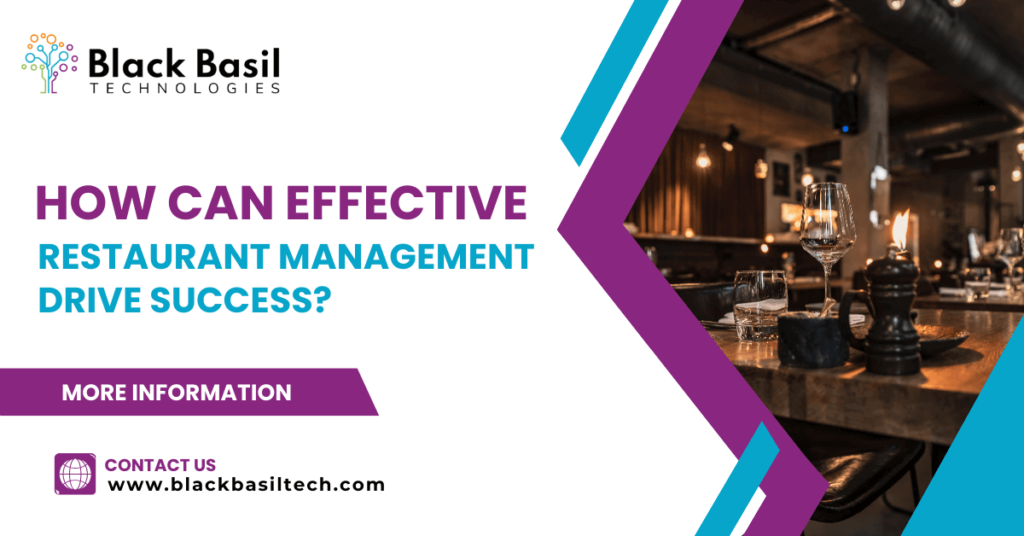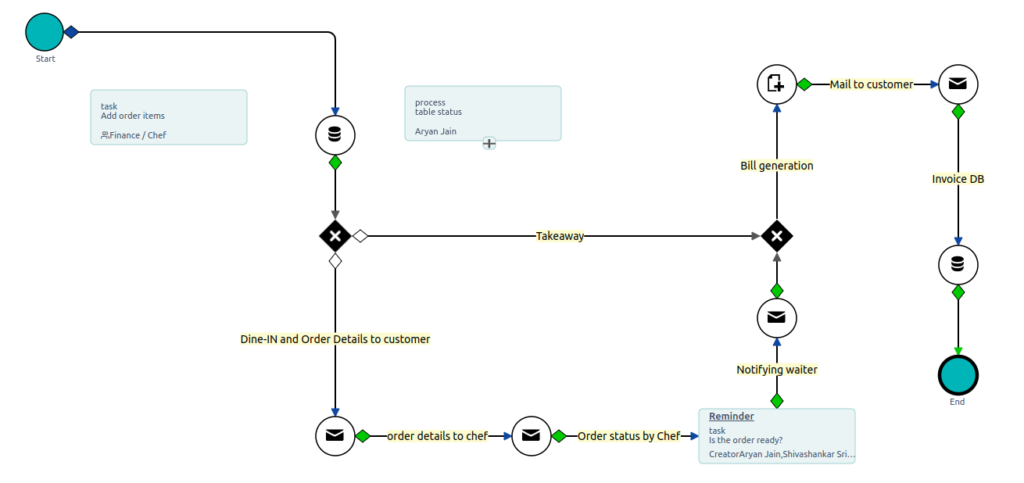Restaurant Management

Comments are closed.

A Case Study Implemented On Comidor

Let us talk about the issues faced in a traditional restaurant setup.

The operations of the restaurant were modeled as a business process. Two applications were designed to orchestrate the operations of the restaurant – Order Management System and Crowd Management System. .

A brief outline of the process is mentioned below:
Customer can scan a QR code at the table to order food items of their choice from the menu shown
Once the order is placed, the details are captured in the system and notifications are sent to the customer to acknowledge the order, to the waiter to serve the table, and to the chef to prepare the order
The table status is changed to “Occupied” by the floor manager/waiter Once the order is prepared, the chef can complete the task in the workflow which notifies the waiter to serve the order to the customer at the designated table.
Customer can place further orders or request for an invoice. Invoice is auto generated with the captured order details and payment can be done digitally without any intervention.


Customers can scan a QR code at the entrance of the restaurant to give their table requirement(number of people).
Depending on tables available at the given time, the system suggests the list of available tables to the customer, along with the estimated waiting time.
Notifications can be sent to the customer on nearing the reserved time/table available time.
Different analytics can be made available to the owner in the form of reports using the data captured by the system.
.

Comidor platform which has superior workflow automation and Hyperautomation capabilities. BPMN 2.0 compliances, ease of access and use, low code features are the other major advantages that the platform offers.
